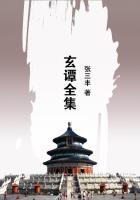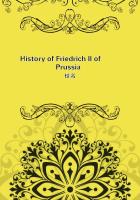Was there no more important genus - containing, if possible, red, white, and blue flowers - to have named in honor of the Father of his Country?
Another member of the Carrot family, the SANICLE or BLACKSNAKEROOT (Sanicula Marylandica), found blooming from May to July in such rich, moist woodlands and shrubbery as the sweet cicely prefers, lifts spreading, two to four rayed umbels of insignificant-looking but interesting little greenish-white florets.At first the tips of the five petals are tucked into the center of each little flower; underneath them the stamens are now imprisoned while any danger of self-fertilizing the stigma remains.The few hermaphrodite florets have their styles protruding from the start, and incoming insects leave pollen brought from staminate florets on the early-maturing stigmas.
After cross-fertilization has been effected, it is the pistil's turn to keep out of the way, and give the imprisoned stamens a chance: the styles curve until the stigmas are pressed against the sides of the ovary, that not a grain of pollen may touch them; the petals spread and release the stamens; but so great is the flower's zeal not to be fertilized with its own pollen that it sometimes holds the anthers tightly between the petals until all the vitalizing dust has been shed! Around the hermaphrodite florets are a large number of male florets in each hemispheric cluster.Hooked bristles and slender, curved styles protrude from the little burr-like seeds, that any creature passing by may give them a lift to fresh colonizing land! The firm bluish-green leaves, palmately divided into from five to seven oblong, irregularly saw-edged segments, the upper leaves seated on the stem, the lower ones long-petioled, help us to identify this common weed.
With splendid, vigorous gesture the COW-PARSNIP (Heracleum lanatum) rears itself from four to eight feet above moist, rich soil from ocean to ocean in circumpolar regions as in temperate climes.A perfect Hercules for coarseness and strength does it appear when contrasted with some of the dainty members of the carrot tribe.In June and July, when a myriad of winged creatures are flying, large, compound, many-rayed umbels of both hermaphrodite and male white flowers are spread to attract their benefactors the flies, of which twenty-one species visit them regularly, besides small bees, wasps, and other short-tongued insects, which have no difficulty in licking up the freely exposed nectar.The anthers, maturing first, compel cross-fertilization which accounts for the plant's vigor and its aggressive march across the continent.A very stout, ridged, hairy stem, the petioled leaves compounded of three broadly ovate, lobed and saw-edged divisions, downy on the underside, and the great umbels, which sometimes measure a foot across, all bear out the general impression of a Hercules of the fields.
FOOL'S PARSLEY, or CICELY, or DOG-POISON (Aethusa cynapium), a European immigrant found in waste ground and rubbish heaps from Nova Scotia to New Jersey and westward to the Mississippi, should be known only to be avoided.The dark bluish-green, finely divided, rather glossy leaves when bruised do not give out the familiar fragrance of true parsley; the little narrow bracts, turned downward around each separate flower-cluster, give it a bearded appearance, otherwise the white umbel suggests a small wild carrot head of bloom.Cows have died from eating this innocent-looking little plant among the herbage; but most creatures know by instinct that it must not be touched.
Strange that a family which furnishes the carrot, parsnip, parsley, fennel, caraway, coriander, and celery to mankind, should contain many members with deadly properties.Fortunately the large, coarse WATER HEMLOCK, SPOTTED COWBANE, MUSQUASH ROOT, or BEAVER-POISON (Cicuta maculata) has been branded as a murderer.Purple streaks along its erect branching stem correspond to the marks on Cain's brow.Above swamps and low ground it towers.Twice or thrice pinnate leaves, the lower ones long-stalked and often enormous, the leaflets' conspicuous veins apparently ending in the notches of the coarse, sharp teeth, help to distinguish it from its innocent relations sometimes confounded with it.Its several tuberiform fleshy roots contain an especially deadly poison; nevertheless, some highly intelligent animals, beavers, rabbits, and the omnivorous small boy among others have mistaken it for sweet-cicely with fatal results.Indeed, the potion drunk by Socrates and other philosophers and criminals at Athens, is thought to have been a decoction made from the roots of this very hemlock.Many little white flowers in each cluster make up a large umbel; and many umbels to a plant attract great numbers of flies, small bees, and wasps, which sip the freely exposed nectar apparently with only the happiest consequences, as they transfer pollen from the male to the proterandrous hermaphrodite flowers.Just as the cow-parsnip shows a preponderance of flies among its visitors, so the water hemlock seems to attract far more bees and wasps than any of the umbel-bearing carrot tribe.It blooms from the end of June through August.

